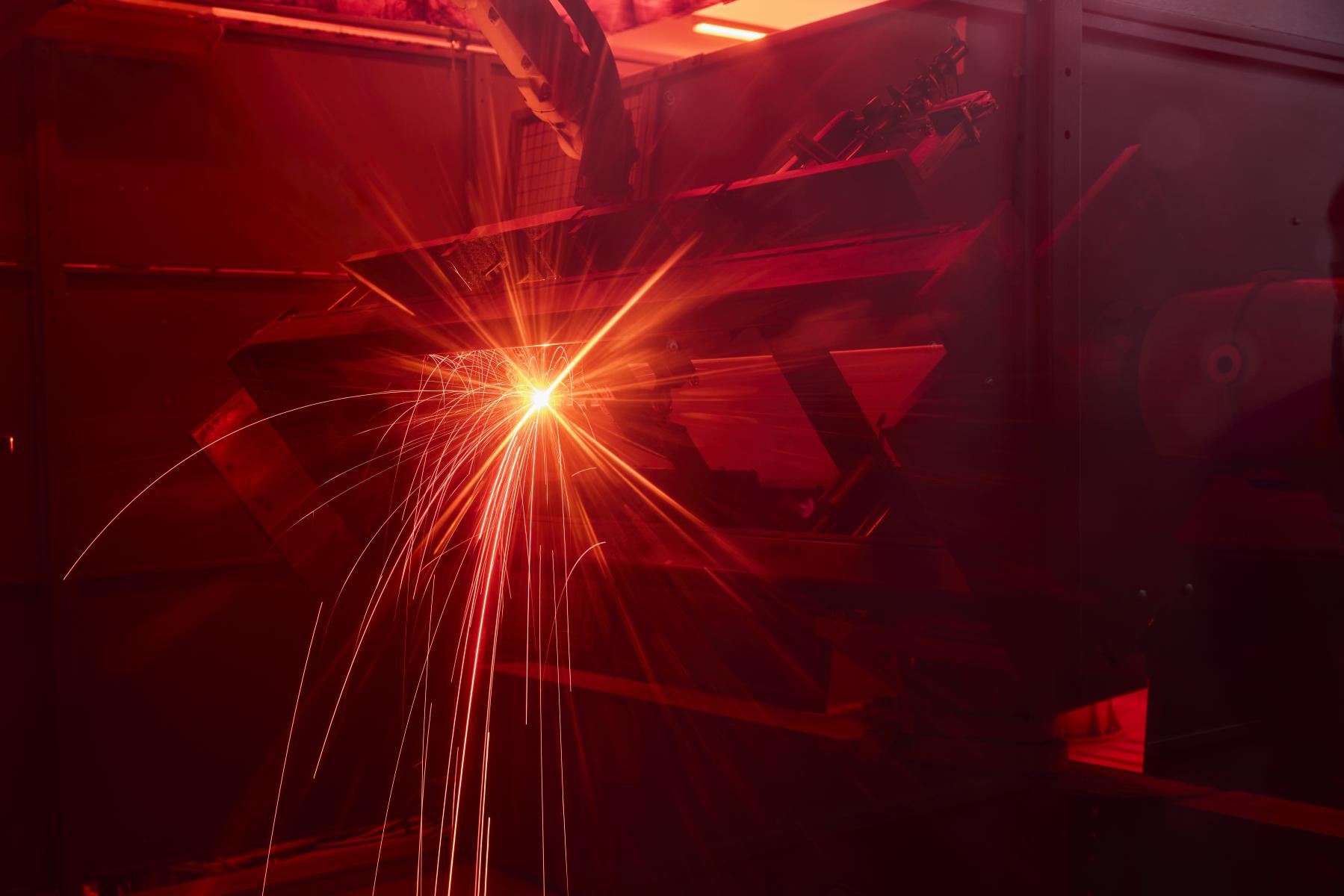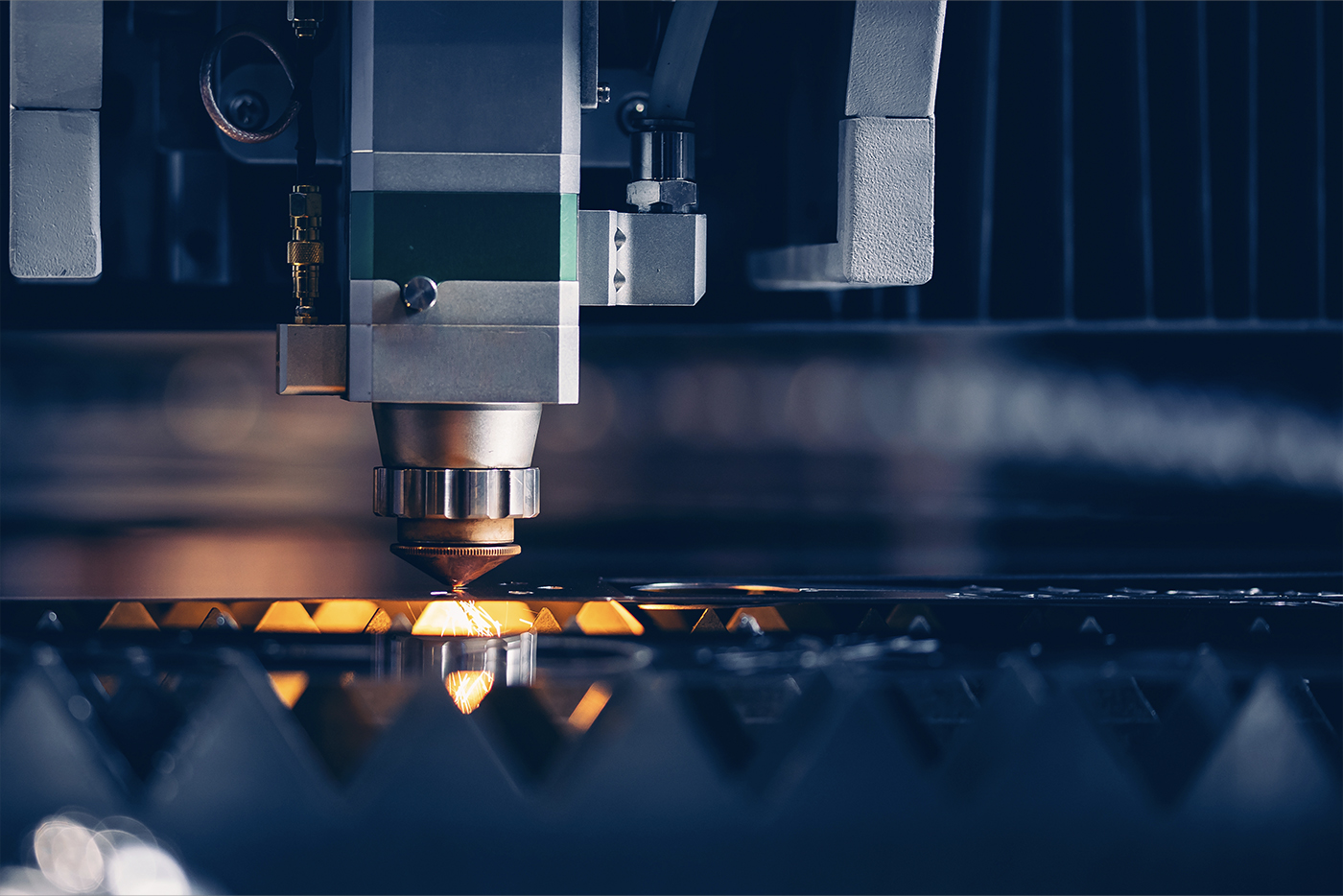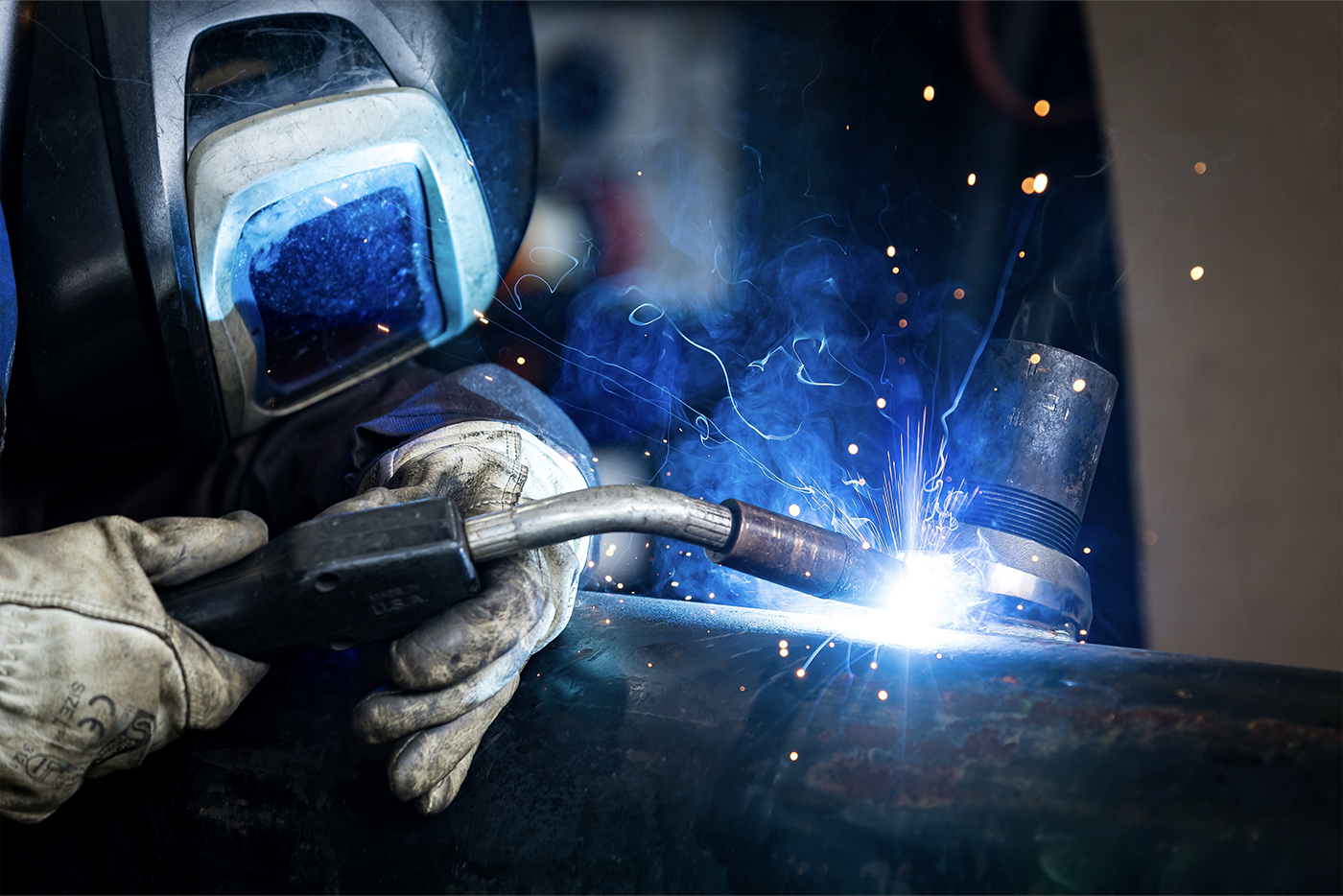Breadcrumb
Aluminum welding: how to choose the most suitable one
How to choose the most suitable welding for aluminum? There are several aspects to consider before and during the process to avoid miscalculations and processing irregularities. Let's find out about them together.

Aluminum is a very special metal compared to iron and stainless steel because of its high heat conducting capacity and its lightness, which distinguishes it from other ferrous metals.
Aluminum welding is done by the main types of welding known as MMA, MIG/MAG, and TIG. In the course of the article, we will see what welds are available for aluminum welding and the advantages of each:
- Welding aluminum: 5 aspects to watch out for
- Cracks, porosity and blowholes
- The formation of oxides
- The thickness of the material
- The type of aluminum to be welded
- The speed of production
- The different types of aluminum welding
- MIG/MAG welding
- Aluminum TIG welding: the advantages
- MMA welding
- The qualities of aluminum
- At Minifaber, we recommend the best aluminum welding technique for your needs
Aluminum welding: 5 aspects to pay attention to
In the aluminum welding process, there are some critical issues that need to be paid extreme attention to in order to zero the chances of error both before and during the process.
1. Cracks, porosity and blowholes
During the aluminum welding process, the most important aspect to watch out for is the formation of cracks, porosity and blowholes, which not only make the weld uneven from an aesthetic point of view, but also make it structurally uneven and reduce its effectiveness.
2. Oxide formation
Aluminum melts at 650°, but during the welding process, aided by filler materials, thin layers of oxide can be created on its surface that have a melting point above 2000°. To avoid this risk, therefore, it is best to proceed with aluminum welding using alternating current TIG technology.
3. The material thickness
Another variable to consider when welding aluminum is the thickness of the material to be welded. If the material has a small thickness, excellent results can be obtained with TIG welding, while if the thicknesses are large, it is better to resort to MIG welding and use a suitable filler material to avoid cracking and obtain a strong weld.
4. The type of aluminum to be welded
The choice of aluminum also affects the result because not all alloys can be welded. In fact, if the parts to be welded belong to the 3XXX-5XXX-6XXX-7XXX series, excellent results can be obtained; otherwise welding is not recommended.
5. The production speed
Last but not least, when choosing one type of welding rather than another, the quality/cost/working time ratio must always be evaluated. Therefore, laser welding can be used to speed up processes: fast, precise and guaranteed, although to offer excellent performance the edges of the parts must be carefully prepared for processing.
Read also: Aluminum laser cutting: Minifaber's service for every need

Detail of a professional lighting fixture made of aluminum and steel by Minifaber
The different types of aluminum welding
Aluminum can be welded by MMA, MIG/MAG and TIG techniques. However, each of these types is better suited for a particular job than another.
MIG/MAG aluminum welding
MIG/MAG welding of aluminum, (also called wire welding), is an electric arc welding process in which the filler material is in the form of wire and is melted drop by drop in the weld joint. It is very common in both industrial and private sectors and allows for working with high thicknesses even if the two joints are far apart.
Wire welding also makes it possible to weld thin aluminum with both traditional MIG arc and pulsed arc. Pulsed arc is mainly used in the industrial sector because it allows for less heat input and consequently less deformation of the welded workpiece.
TIG aluminum welding: the advantages
Among the different types of industrial aluminum welding, the TIG method is one of the most widely used. It is an arc welding process with an infusible electrode, and is done by using inert gas, with or without filler metal.
Because it allows heat to be precisely metered on the contact parts, the aesthetic result is extremely pleasing and the welded joint has a good mechanical seal. However, great technical expertise and suitable machinery are required to achieve this. Minifaber can perform aluminum welding by TIG method in an optimal way.
Aluminum MMA welding
To weld aluminum by MMA electrode, it is necessary to use aluminum-core electrodes and an MMA generator with high open-circuit voltage so that the welding arc can be triggered smoothly.
Aluminum MMA welding is used on thick gauges and never on thin gauges because otherwise there is a risk of puncturing the sheets. Welding with aluminum electrodes is recommended only for reconstruction or carryover of material on repair parts that are finished later.
Lightweight, stable and aesthetically pleasing: aluminum is a must for many industries
Aluminum offers excellent performance in all its forms, either pure or as an alloy. It is used, for example, where, due to its lightness compared to other metals, it can offer an extra plus in efficiency and dynamics: body components throughout the automotive and locomotion sectors, elements to be included in the engine block, components in robotics or in linear drives.
Virtually all industries benefit from the low weight of aluminum, with which parts can be made to make the most efficient parts.
Aluminum is also valued in the construction industry: windows and doors, facade cladding, roofing, gaskets, grilles and so on are often made of aluminum. If we then consider its electrical conductivity and thermal conduction properties, aluminum is also a metal regularly used in the production of lines or electrical windings for transformers and the like.
At Minifaber, we recommend the best aluminum welding technique for your needs
At Minifaber, we can advise you on the best welding technique to achieve the desired semi-finished or finished part. Depending on your needs, we opt for the most suitable aluminum welding technologies and machinery (manual or robotic) to guarantee you an optimal result.


